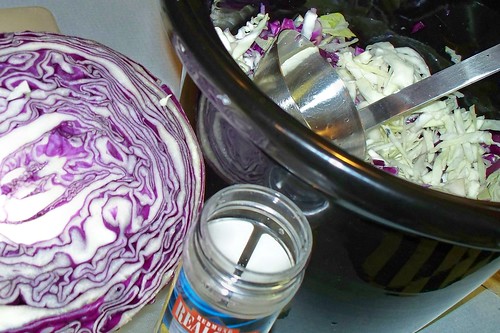 It's interesting to compare the causes of death in 1900 to those in more recent years. The causes of death have changed significantly since then. The U.S. Center for Disease Control (CDC) has statistics on life expectancy and cause of death for the United States going back to 1900. These statistics show that a lot more people died before the age of 40 back then than now. Life expectancy at birth has risen by 29 years from 49 in 1900 to 78 in 2005. But life expectancy at age 60 has increased by only about 8 years since 1900 as shown in the table below. Most of the large improvement in life expectancy at birth is because of much lower mortality in children in recent years.
It's interesting to compare the causes of death in 1900 to those in more recent years. The causes of death have changed significantly since then. The U.S. Center for Disease Control (CDC) has statistics on life expectancy and cause of death for the United States going back to 1900. These statistics show that a lot more people died before the age of 40 back then than now. Life expectancy at birth has risen by 29 years from 49 in 1900 to 78 in 2005. But life expectancy at age 60 has increased by only about 8 years since 1900 as shown in the table below. Most of the large improvement in life expectancy at birth is because of much lower mortality in children in recent years. CDC source:
CDC source:Table 6. Expectation of life by age, race, and sex: United States, final 2004 and preliminary 2005
Based on CDC statistics in the two tables below, the death rate per 100,000 population has decreased almost in half from about 1,548 in 1900 to 799 in 2005. But in 1900, about a third of the deaths were from pneumonia, tuberculosis, and diarrhea, the top three causes. By comparison, in 2005, almost half of the deaths were from heart disease and cancer, the top two causes. In 1900, heart disease and cancer accounted for only 13 percent of the deaths. The rate of death from cancer has nearly tripled and the rate for heart disease has nearly doubled from 1900 to 2005. The rate of death from accidents was almost twice as high in 1900 as in 2005.
It is likely that hygiene and medicine have helped to greatly reduce deaths from infectious diseases, more than offsetting the large rise in heart disease and cancer. It is also likely that diet and lifestyle changes account for much of the increase in heart disease and cancer. Since 1900, Americans have greatly increased the comsumption of sugar, vegetable oils, food additives, pesticides, soy, and highly processed foods and these dietary changes may very well be largely responsible for increasing the rates of heart disease and cancer.
The accuracy of these statistics is probably somewhat crude at best. Many people have multiple problems when they die and assigning a cause may be just a best guess. The same problem exists in classifying disease in the first place. But nonetheless, these statistics are the best estimates we have.
 CDC source for 2005 data:
CDC source for 2005 data:Table B. Deaths and death rates for 2005 and age-adjusted death rates and percent changes in age-adjusted rates from 2004 to 2005 for the 15 leading causes of death: United States, final 2004 and preliminary 2005
CDC source for 1900 data:
Leading Causes of Death, 1900-1998
Update 2009 May 14
Be sure to read this great analysis:
The Coronary Heart Disease Epidemic






